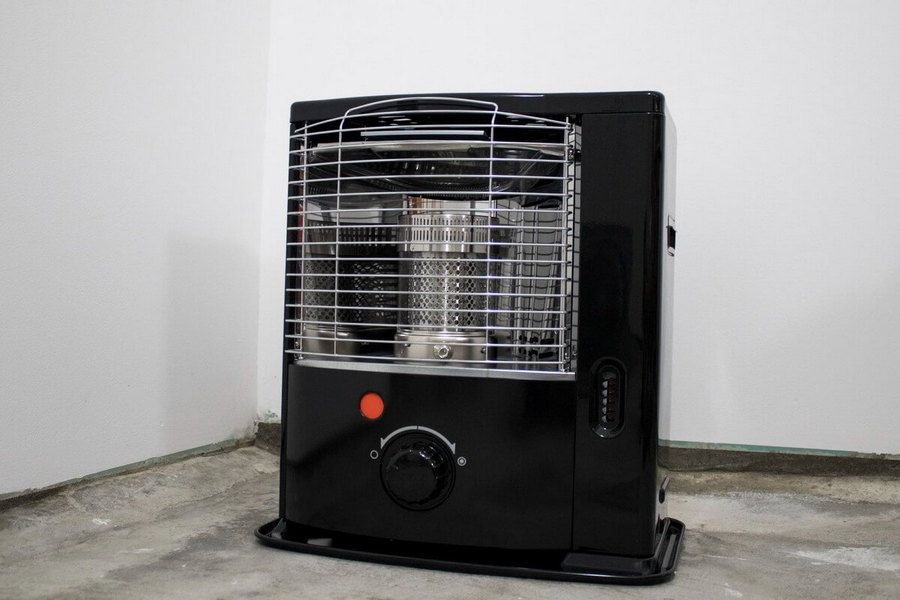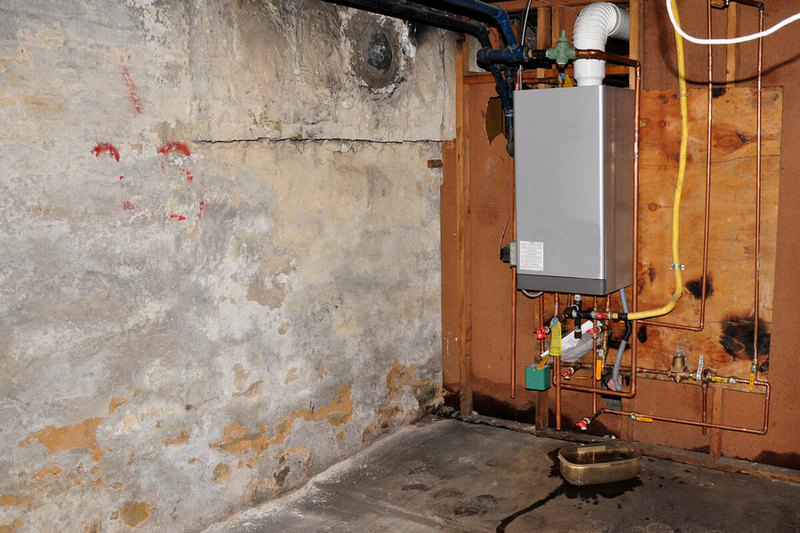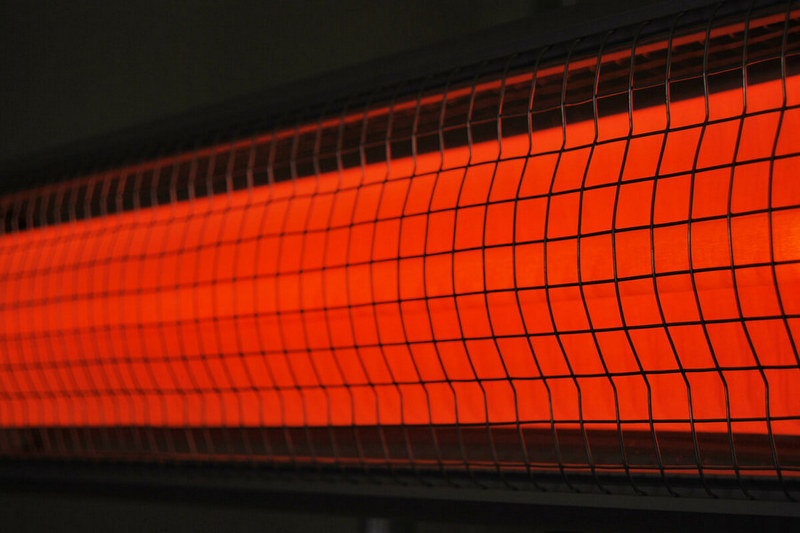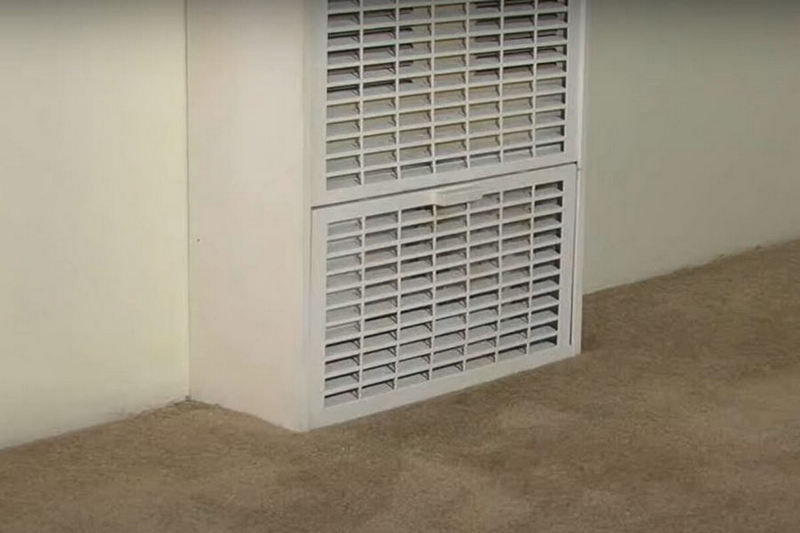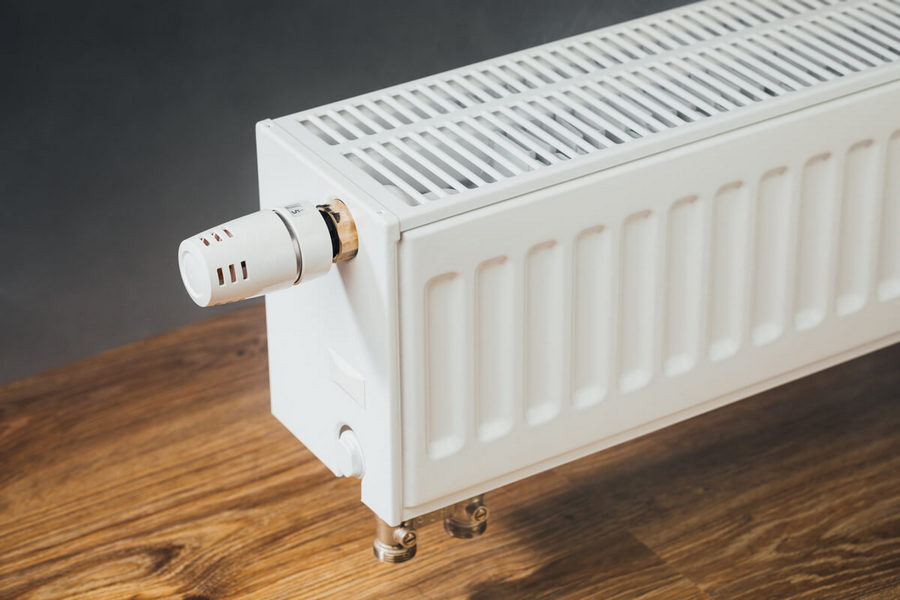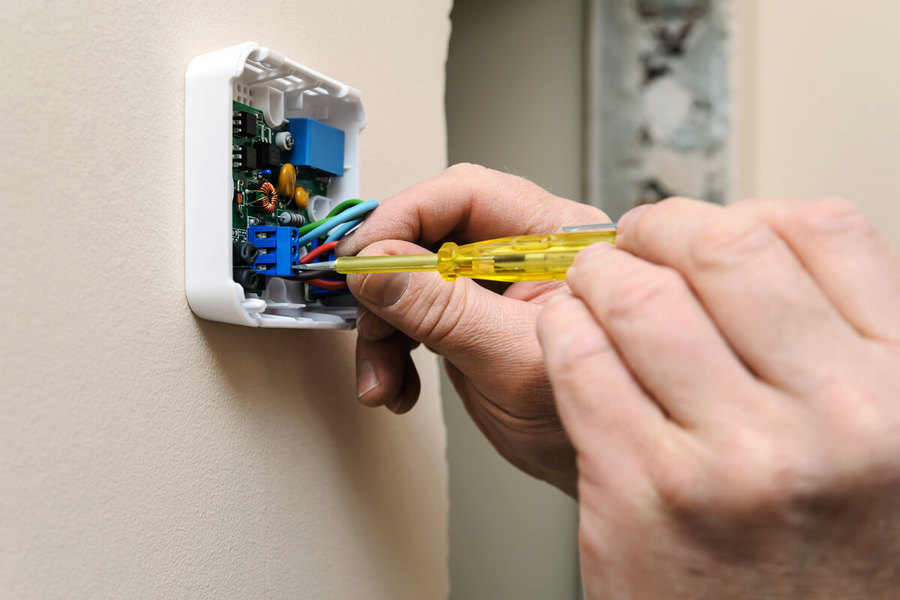Kerosene heaters are an excellent option when you need additional or emergency heating for any space. But are kerosene heaters safe to use indoors?
Many homeowners favor using these heating devices for their efficiency, portability, and minimal reliance on electricity. As a fuel, kerosene is more affordable, versatile, and efficient than other types of fuel for home heating.
In this article, we’ll discuss the disadvantages of using a kerosene heater inside the home and how to address them.
What Is A Kerosene Heater?
A kerosene heater is a portable device that provides temporary heating to an area. It is often used as a source for supplemental and emergency heating in the United States. But some countries like Japan, for instance, use it as their main source of heating their homes.
A kerosene heater works in the same way as a kerosene lamp. Through capillary action, a wick draws kerosene from the fuel tank to the combustion area. It also has a component that ignites the wick to produce the flame and generates heat.
Newer models of kerosene heaters are equipped with several safety features such as automatic shut-off switches and safety grills. These safety features can come in handy if the device is accidentally knocked over, for instance.
RELATED: How to keep kerosene heaters from smelling
Can You Use A Kerosene Heater Indoors?
Using a kerosene heater inside the house is completely safe, provided that the necessary safety guidelines are being followed. It would be wise to always practice basic safety precautions when using a kerosene heater indoors. Moreover, you might want to go through the instruction manual before running the device for the first time.
Remember, this home heating appliance uses kerosene as a fuel source. You must be familiar with the dangers of burning kerosene such as the risk of fire and several adverse health effects.
For one, exposure to kerosene fumes can lead to a few signs and symptoms of intoxication such as dizziness, headache, nausea, and vomiting. Also, prolonged exposure to kerosene on the skin can trigger the extraction of skin lipids that may lead to dermatitis.
Additionally, burning kerosene indoors can put you at risk of carbon monoxide poisoning as you accidentally breathe carbon monoxide fumes. Consequently, you could end up having respiratory ailments and cancer.
READ ALSO: Alternative heat sources for power outages
Indoor Kerosene Heater Safety Tips
Using a kerosene heater inside a room or garage can be dangerous if misused. For this reason, we’ve compiled several kerosene heater safety tips to avoid the dangers of burning kerosene inside your home.
1. Pick the one with the most safety features
When buying a kerosene heater for indoor use, make sure it comes with Underwriters Laboratories UL certification. On top of that, make sure to choose the one with many safety features as much as possible.
Here are some of the common kerosene heater safety features:
- Protection from overheating
- Automatic shut-off/Anti-tip over switch
- Removable fuel tank
- Carbon monoxide monitor
- Safety grills
2. Use fuel none other than Kerosene
While it’s common sense to use kerosene as fuel for a kerosene heater, some people might attempt to use gasoline instead. However, it is extremely dangerous to use gasoline for a kerosene heater.
What’s actually recommended for kerosene heaters is water-clear 1-K grade kerosene, which is kerosene in its purest form. Even using 2-K grade kerosene has the potential to cause fire or explosion.
Using lower grades of kerosene can lead to the release of more pollutants inside your home, which can pose potential health risks. Also note that they all look similar, so make sure to buy only the certified 1-K grade kerosene.
3. Position your heater in a safe location
Combustible materials (e.g. curtains, wooden furniture, etc.) need heat before they will ignite. They can potentially catch fire when you place your kerosene heater near them.
Whenever possible, there should be a minimum distance of 36 inches between the heater and combustible materials unless otherwise specified by the manufacturer.
Likewise, avoid operating the device near flammable liquids such as:
- Alcohol
- Gasoline
- Toluene
- Acetone, etc.
Additionally, don’t place your kerosene heater in high-traffic areas, like near a door, for instance. You want to make sure nobody bumps into your unit more often as it could cause the unit to fail or malfunction sooner or later.
And while most of today’s kerosene heaters are equipped with safety grills, don’t allow your kids to operate them. Finally, you should never leave your unit unattended or leave it running overnight.
4. Provide enough ventilation
Just like other heating appliances for the home, ensuring there’s adequate ventilation is a critical factor in maintaining the safe operation of the device.
Another reason why adequate ventilation is important is that burning kerosene involves consuming oxygen. As the burning process consumes oxygen, it releases carbon monoxide and other pollutants in the heated space.
Ventilation is necessary to allow oxygen to enter, while at the same time, allowing pollutants to exit from the heated space. We need to remove carbon monoxide and other hazardous gases from the room to avoid carbon monoxide poisoning and other respiratory problems.
5. Practice proper refilling and storing of kerosene
Removable kerosene heater gas tanks are there for a reason, to remind you that refilling the tank should be done outdoors. If your unit doesn’t have a removable tank, take your unit outdoors and then refill the tank. Make sure you don’t overfill the tank.
Turn off your unit and allow it to cool before refilling it. Refilling your unit with kerosene inside the home often comes with spilling. Spillages can become exposed fuel that when ignited can cause a fire.
And thus, you should have a storage area outside the house. Store your kerosene in places where there is no direct sunlight. Finally don’t store them near appliances that generate heat.
Bottom Line
Again, using a kerosene heater indoors is completely safe as long as you use it properly. It is essential to read the owner’s manual before operating your unit for the first time.
Every adult in the household should be aware of the unit’s operating procedures, fuel storage requirements, safety considerations, emergency procedures, and equipment maintenance.
We hope the information we presented here has helped you in your decision to acquire a kerosene heater for your home.

